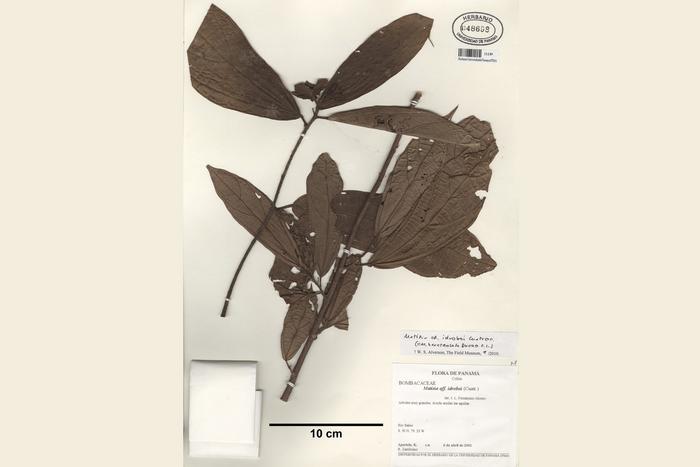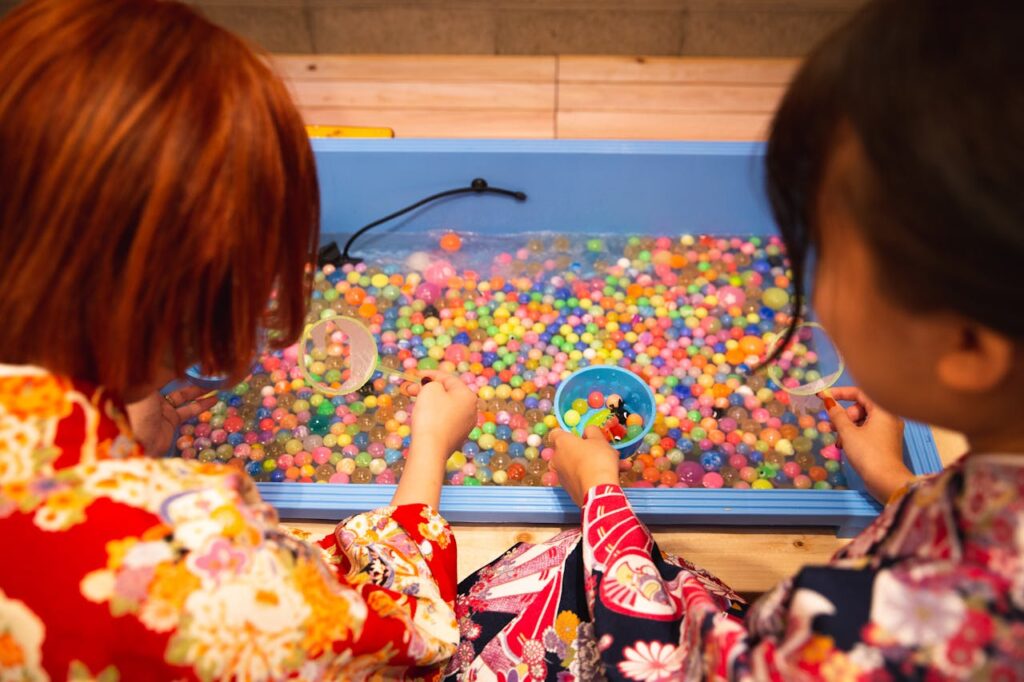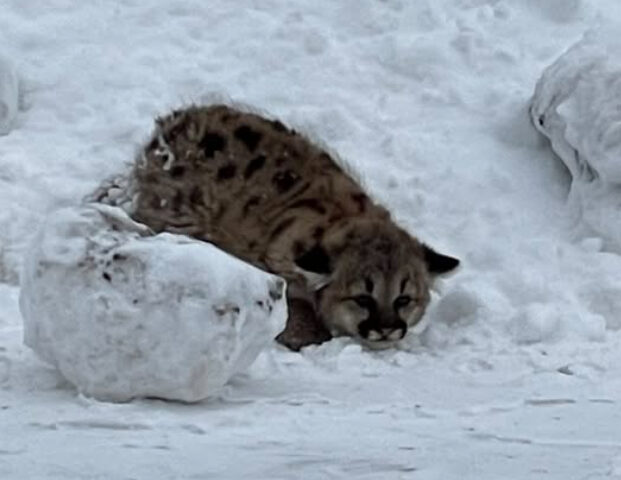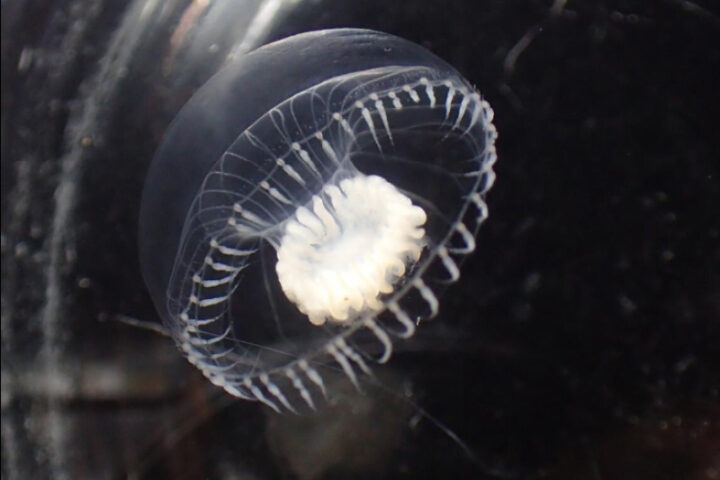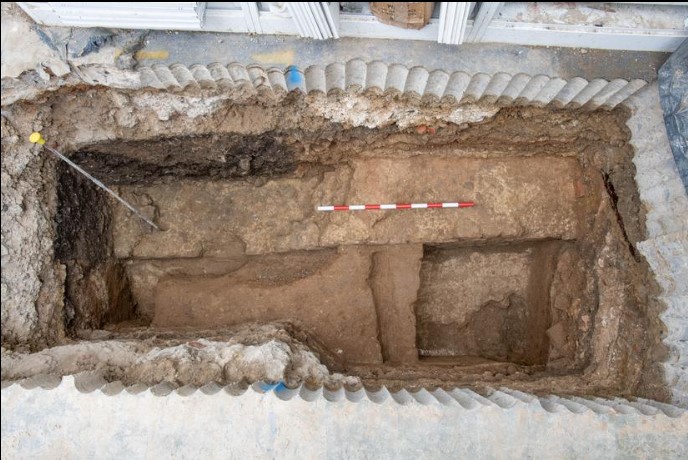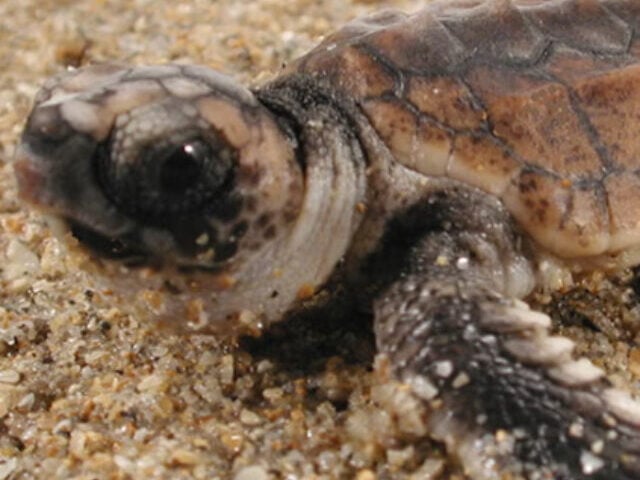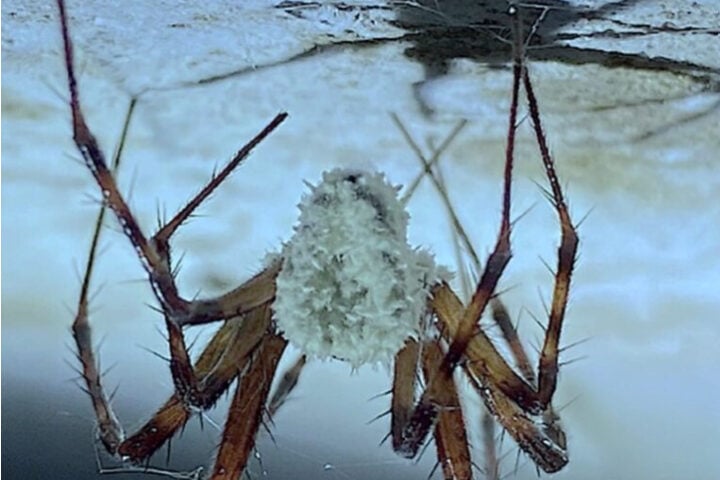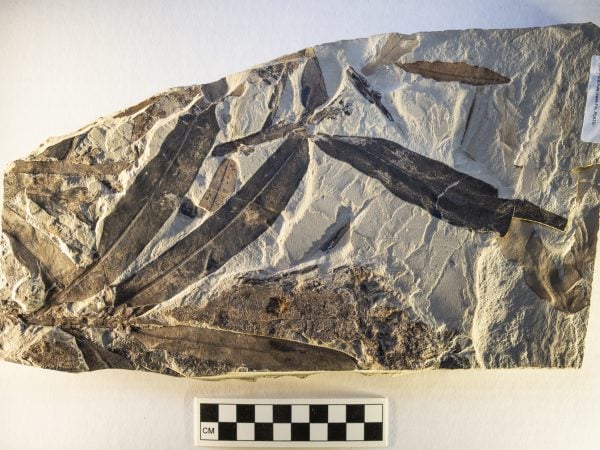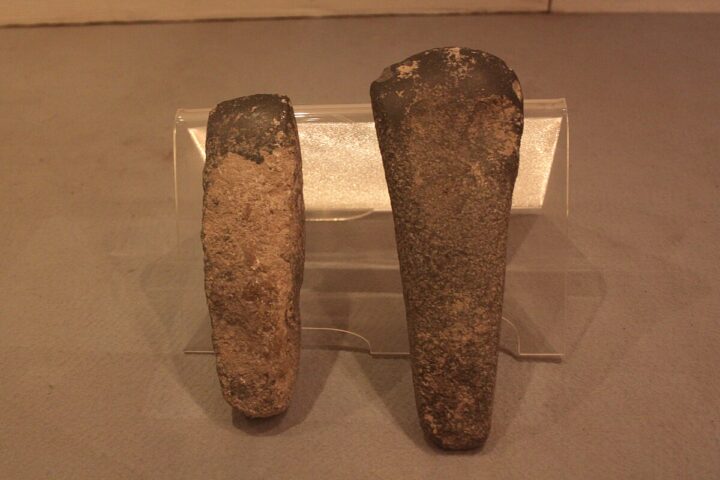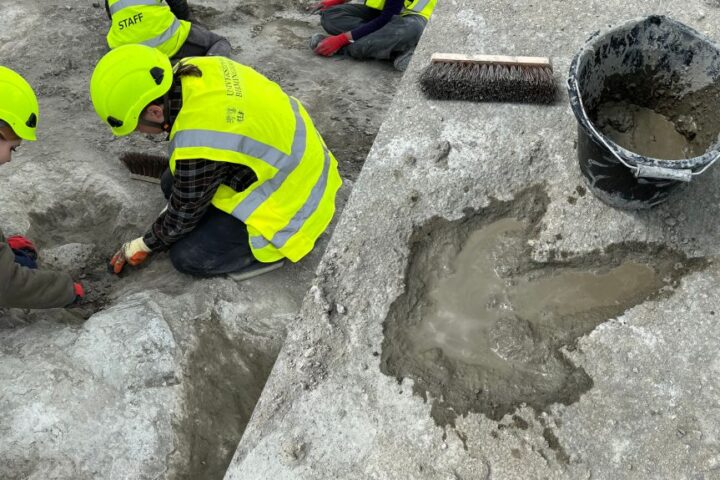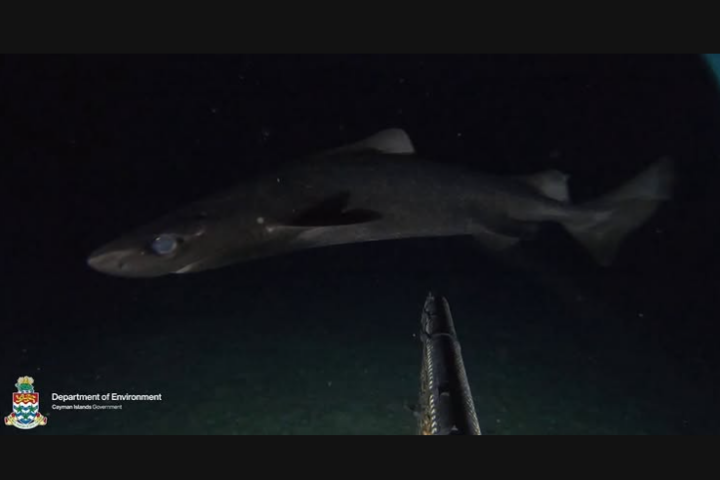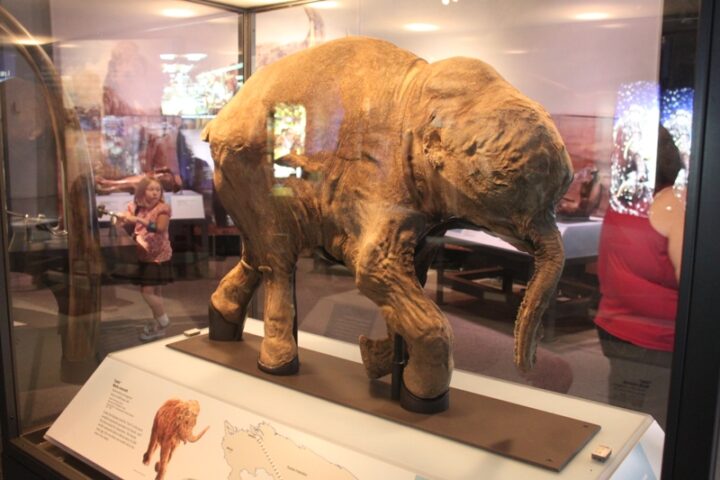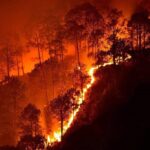A recent study showcased a contrasting image of Neotropical forests in terms of both their richness and vulnerability. Researchers have identified six new tree species across Panama and Colombia after analysing the herbarium collections.
The research, published in the Revista de la Academia Colombiana de Ciencias Exactas, Físicas, y Naturales, documents three species from Panama: Matisia petaquillae, Matisia changuinolana, and Matisia aquilarum. Additionally, Colombia yields three additional species: Matisia genesiana, Matisia mutatana, and Matisia rufula.
José Luis Fernández-Alonso of the Royal Botanical Garden of Madrid and Ernesto Campos, research technician at the Smithsonian Tropical Research Institute (STRI), conducted comparisons on these dried plant specimens from Costa Rica, Colombia, Ecuador, and the United States.
During the process, researchers employed digital imaging and online databases to facilitate access to herbarium specimens; however, expert taxonomists remain essential for definitive species identification.
As a key development, researchers have developed an updated dichotomous key for identifying Matisia species in Panama, replacing a half-century-old reference. This practical tool aids in species identification and classification.
More Stories
The newly identified Matisia aquilarum from Panama’s Chagres National Park earned its name from a harpy eagle nest discovered by ornithologist Karla Aparicio and botanist Ruby Zambrano. This finding exemplifies the complex ecological relationships within these forests.
“We are currently working on the identification of other plant samples with the support of Joana Sumich, technician in the SCZ herbarium,” states David Mitre, research manager for ForestGEO-STRI in Panama. “Some were collected decades ago by Pérez and Aguilar in the ForestGEO plots and we have indications that there may be more species in their collections that are new records for Panama or new to science.”
“Discoveries like this remind us how important it is to make sure that protected areas are really well protected,” Mitre emphasizes. These forests harbor potentially valuable pharmaceutical resources and support diverse wildlife populations.
Joshua Tewksbury, STRI Director, notes: “Smithsonian plant collections and the talented curators on our staff give researchers from around the world the ability to correctly identify plants. This window into the world of plants leads to discoveries of new pharmaceuticals and makes it possible for conservationists to justify protection for natural areas where rare species flourish.”
